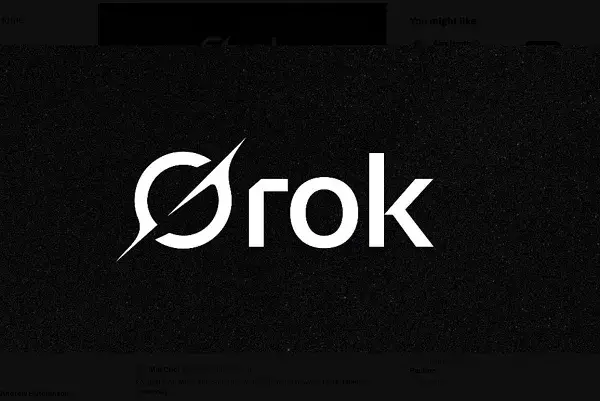The recent surge in popularity surrounding xAI’s Grok application showcases a notable potential for transformative technology. Following the launch of Grok 3, reports indicate that the standalone Grok app experienced an astonishing tenfold increase in downloads within just one week. Meanwhile, the app’s daily active users quintupled compared to the previous week. These figures, reported by Sensor Tower and highlighted by TechCrunch, suggest a promising start for Grok 3. However, these early metrics might be misleading as they reflect initial enthusiasm rather than sustained engagement. To ascertain the true longevity of Grok’s appeal, it will take several months of usage to determine whether the hype translates into long-term adoption, especially as users become accustomed to its features.
Grok is marketed as the most advanced AI system currently available, a claim that xAI hopes will attract more subscribers to its X Premium service. The introduction of a new tier, dubbed SuperGrok, further illustrates xAI’s strategy to capitalize on its cutting-edge capabilities. However, such assertions about superiority in technology can often be subjective and may need ongoing validation against the rapid innovations witnessed from other players in the AI landscape.
A significant update to Grok’s user interface includes a new voice mode, launched for X Premium subscribers. This feature allows users to verbally engage with Grok, which replies using an AI-generated voice. This evolution in interaction aims to enhance user experience, positioning Grok as a versatile conversational partner. The integration of voice functionality into chatbots has been a growing trend, prompting competitors to rapidly innovate as well. While the addition appears promising, one must consider how often users will actually utilize voice interactions versus traditional text-based queries.
Moreover, Grok’s branding also saw a refresh with the introduction of a new logo. While a symbol may seem trivial, it reflects a broader strategy of rebranding to attract and retain users. However, the success of such a marketing tactic remains to be seen, especially if the operational capabilities of Grok do not resonate with its audience.
Elon Musk’s ambition extends beyond simply enhancing user engagement; he envisions xAI’s integration into governmental operations to foster efficiency and effect change. This direct connection could provide xAI a significant foothold in a lucrative vertical. By positioning Grok as an asset for government processes, the company could potentially secure ongoing funding and institutional partnerships that make it financially viable in an increasingly competitive field.
However, this pursuit is fraught with complexities. The potential for a venture like Grok being utilized within governmental frameworks raises ethical questions surrounding bias, accountability, and transparency. As private entities merge their technologies with public services, concerns about surveillance and data privacy loom large, necessitating a careful approach to these integrations.
Despite Grok’s initial success, it faces an uphill battle against well-established competitors such as Meta and OpenAI. With Meta’s AI chatbot boasting an impressive 700 million monthly active users, the enormity of Grok’s challenge is evident. As Musk’s ventures often attract fervent public interest, sustaining that enthusiasm amid larger, resource-rich entities will be critical for Grok’s long-term relevance. The technology sector is notorious for rapid shifts in user preference and availability of alternatives, placing significant pressure on Grok to innovate continuously.
Even with the positive developments, various challenges threaten Grok’s reputation. Reports of Grok temporally refusing to engage with topics related to polarizing figures, such as Elon Musk and Donald Trump, raise alarms about censorship practices. Allegations of bias in chatbot responses must concern potential users. As these inconsistencies come to light, they could overshadow the technological advancements Grok seeks to offer, reflecting negatively on xAI’s credibility.
The intriguing dichotomy between Musk’s vocal advocacy for free speech and the company’s apparent attempts at content moderation fuels skepticism among critics. Any adjustments to Grok’s response mechanisms that lean toward political favoritism could alienate users who perceive this as an erosion of trust and integrity. The narrative that a chatbot could be selectively programmed to support certain ideologies stands in stark contrast to Musk’s ethos of open dialogue.
As users increasingly scrutinize the motives behind AI systems that shape public discourse, Grok needs to clarify its operational principles. Transparency in its algorithms and a commitment to balanced responses could enhance its standing in a landscape that values authenticity.
Ultimately, Grok’s trajectory is a fascinating case study of ambition, technology, and the intricate balance of market demand. Sustaining momentum in such a fiercely competitive arena while addressing ethical considerations and maintaining user trust will determine whether Grok can emerge as a leading AI player or remain a footnote in the digital age.


Leave a Reply